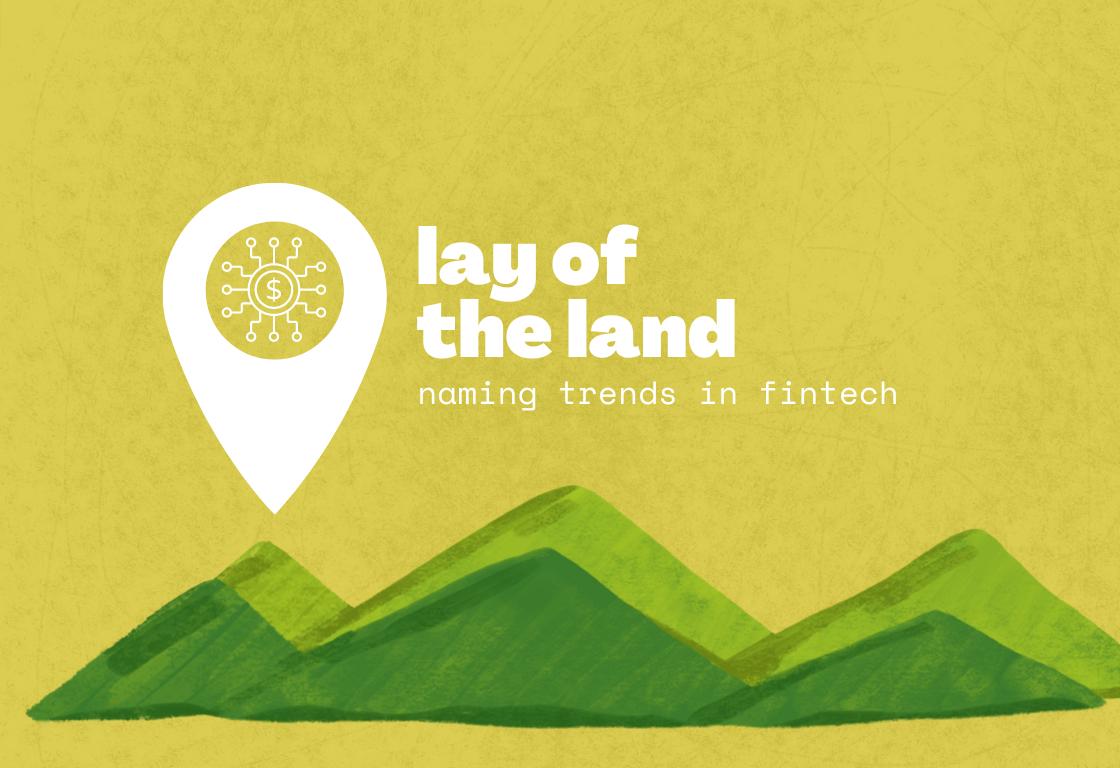We’ve never tried to map out the contents of a rainforest, but trying to map out the world of fintech and payments companies feels like a similar undertaking. It’s a huge, complex space with incredible diversity.
What We See
When people think about names of payment companies in general, they often think of short, real-word names: Stripe, Square, Clover. Or they might think of invented names: Venmo, Stax, Finix. Others might first think of composite names: PayPal, Flywire, Versapay.
The truth is that this space is so packed and so broad that there isn’t any one type of name that defines it. Nor is there any white space in terms of name construct and style unless a bold company out there wants to really get wild and go for a phrasal name.
Aside from phrases, it has all been done. Real words, composite names, invented names; enhanced descriptive names (think PayPal), suggestive names (BlueSnap), abstract names (Plaid).
The Takeaways
This doesn’t mean that new companies can’t find a way to stand out. It just means it’s a lot harder. A good way to start is by looking at your most immediate competitors offering a similar type of payment services – there are often clearer trends in a more focused set of peers. Don’t worry too much about how a name would play in the broader fintech space. It’s so crowded and competitive that you really need to zoom in to your area of focus.
From there you can carve out a unique message or style of name that will stand apart from the competition. Think about what message can differentiate you, whether it’s a functional value proposition or something more aspirational.
Finally, to successfully launch a great name in the payments space, you’ll have to own it. Legally, but also personally. Your internal stakeholders need to feel confident that the position you take is defensible, that the message is differentiated, and that the name is one they can say with pride.
Jill Stanewick is a director of naming & strategy at Tanj.
